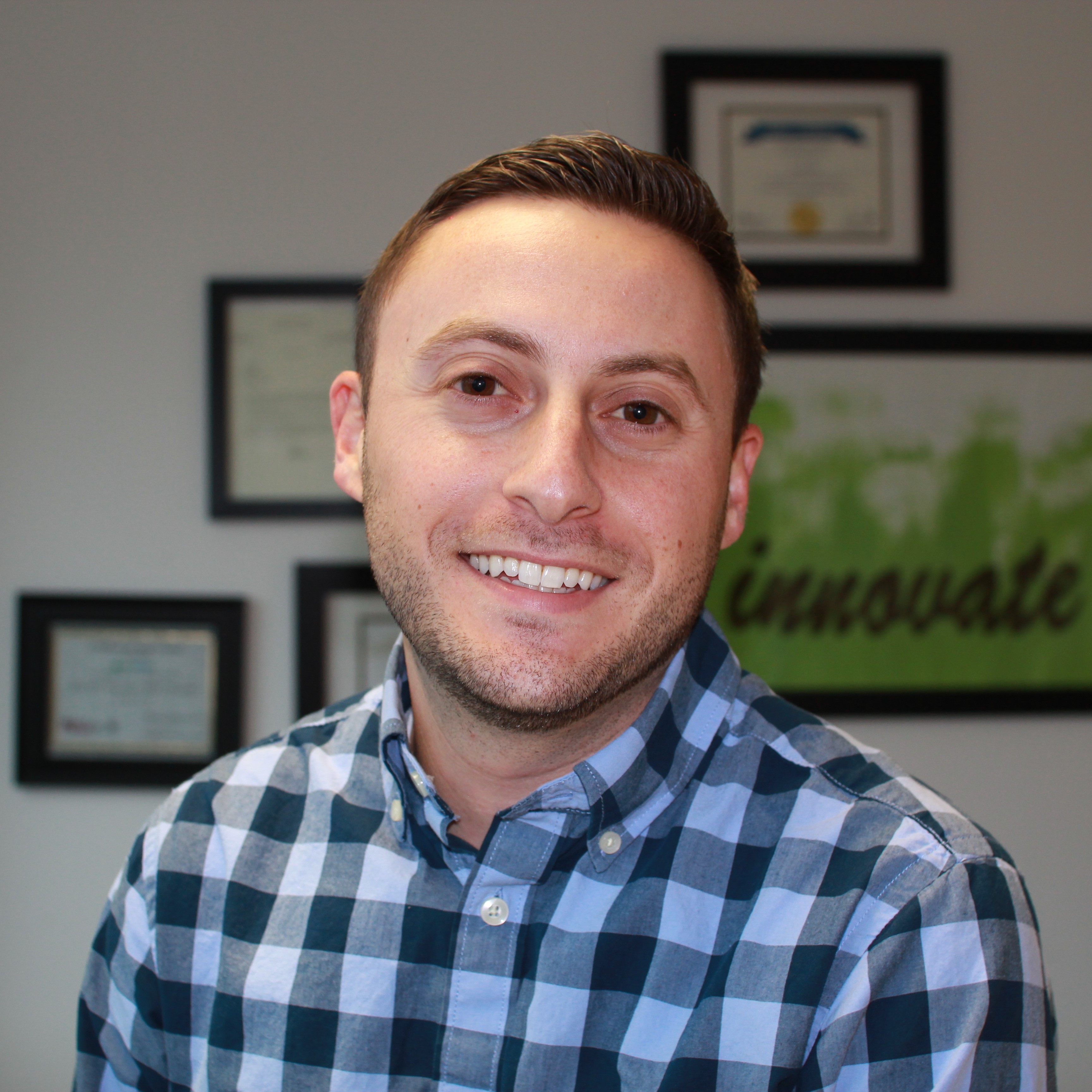What do you do when you’re running an energy efficiency company, but your internal processes waste precious resources? Ask Brad Eisenberg, former COO of greeNEWit. When he noticed that the company expended time, money, and staff on tasks technology could accomplish, he set out to integrate their complex workflows. His ultimate goal? Growth, without increasing overhead.
The Problem
Though the company uses a variety of apps—including QuickBooks, Gmail, and Google Sheets — greeNEWit’s operations center around QuickBase: “It’s the center of our business,” remarks Eisenberg. “It’s our CRM and project management software; we also use it for business reporting. It’s our centerpiece.” But getting QuickBase to function as a hub proved challenging.
The biggest problem was moving data into QuickBooks with minimal effort. greeNEWit offers many services to its clients, including energy audits, retrofitting project management, and renewable energy consultations. Previously, all information about these field services needed to go into a spreadsheet before the company could manually bill or invoice clients and vendors.
The company also struggled with fragmented customer follow-up processes. “Before we adopted Workato, we did a poor job following up with customers in order to solicit feedback, referrals, and upsells,” Eisenberg explains. They would simply finish a project and not look back, missing out on potential future revenue.
Finding Workato at QuickBase Empower
Eisenberg knew that integration would solve these problems, but implementing seamless integrations took some trial-and-error. “We developed a few integrations of our own using Google Scripts to create custom APIs. That was nice, but it’s expensive to employ a staff member with coding experience. We could outsource the role, but that’s not cheap either. It’s just not a sustainable solution for us,” said Eisenberg.
As an alternative, the company tried a popular integration platform, but it wasn’t sufficient. “I didn’t get very far with other platforms,” Eisenberg says. “The limitations were obvious from the start. The lack of fields that could pull from one to another, coupled with a lack of customization—it wasn’t going to work.”
Finally, Eisenberg attended QuickBase Empower, a three-day conference for QuickBase users. Workato and QuickBase had just announced their partnership, and he attended the joint session. Workato was exactly the solution he was looking for—no developer needed, but with the enterprise power that Zapier had lacked. “In terms of implementation, there was a bit of a learning curve with building complex recipes. But after a few weeks of learning, I hit the ground running. Most of our integrations were set up in 2-3 months.”
Connecting QuickBase and QuickBooks for Faster Cash Conversion
With Workato, all project data from QuickBase now automatically moves into QuickBooks. Staff can then create invoices from QuickBase by pushing a button. They don’t need to add individual line items, which reduces errors. The company can now also easily track bill payments and collections, reconciling the bills in QuickBase. “When a vendor asks a question, the operations team immediately knows the answer,” Eisenberg comments. “They can be on top of the cash, and cash conversion is also faster.”
Increasing Revenue with Workato powered Drip Marketing Campaigns in Gmail
greeNEWit also uses automation to build new revenue streams through customer follow-up. With Workato, they implemented single stream drip campaigns with a high clickthrough rate. “By integrating QuickBase with Gmail, we avoid getting caught in promotional filters. We know our emails are getting to the client,” says Eisenberg. They can also customize the content based on the recipient’s identity—a process they just wouldn’t have the bandwidth to do manually. These campaigns resulted in an increase in repeat customers, helping the company automatically follow up with customers after the job is completed.
Related: 6 reasons why marketing automation is critical for your organization
$15,000 Per Year in Savings and More Sales
Eisenberg credits Workato with saving greeNEWit time and money by eliminating manual work. “Our Quickbooks integration, for example, saves our bookkeeper 15-20 hours every week,” he says. “That’s a $15,000 annual savings; that integration alone more than pays for Workato!”
Integration has also increased the speed of collections, meaning the company captures revenue more quickly. “Even if it’s just one late $2000 invoice every week—normally, we wouldn’t have noticed it for a whole month!” explains Eisenberg. And the automated follow-up process allows greeNEWit to execute targeted drip campaigns that result in conversions. “Those customers wouldn’t have converted had the campaign not been in place,” says Eisenberg.
Eisenberg sees integration as essential to any organization – he’s even begun consulting to help startups, entrepreneurs, and small businesses to execute and sustain their great ideas. “I’m a big ‘systems guy,’” he says. “Business systems are important for so many reasons. Having a connected ecosystem of people and applications is the lifeblood of the business.” And Eisenberg has never been more confident in his ability to integrate efficiently. “When I learned about Workato, it was like a light switch flicked on. Everything was clear.”
Ready to integrate QuickBase? Get started here.
About the Automator:
Brad Eisenberg is a business-minded operations and systems expert passionate about helping businesses execute and sustain their great ideas through focused measurement, efficient business systems, and lean development. As an entrepreneur, he’s both engineered success and learned from failure, most recently as the COO of an energy efficiency contracting company that grew out of the garage into a $5M company.



